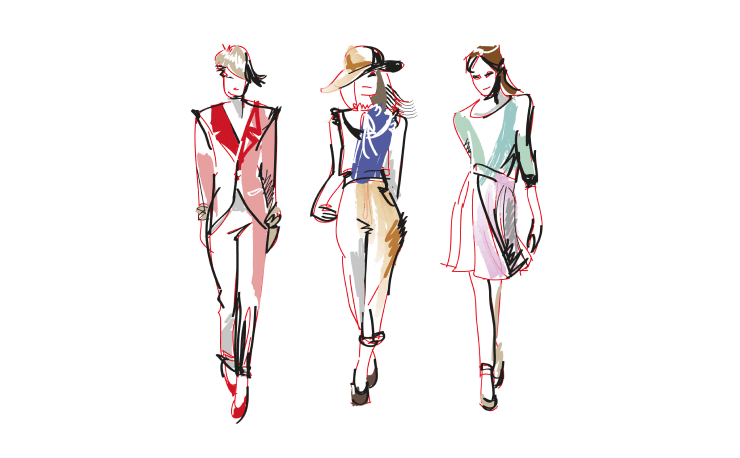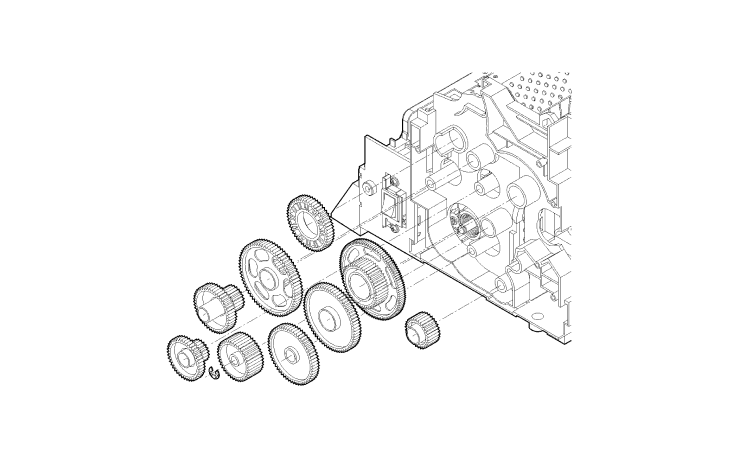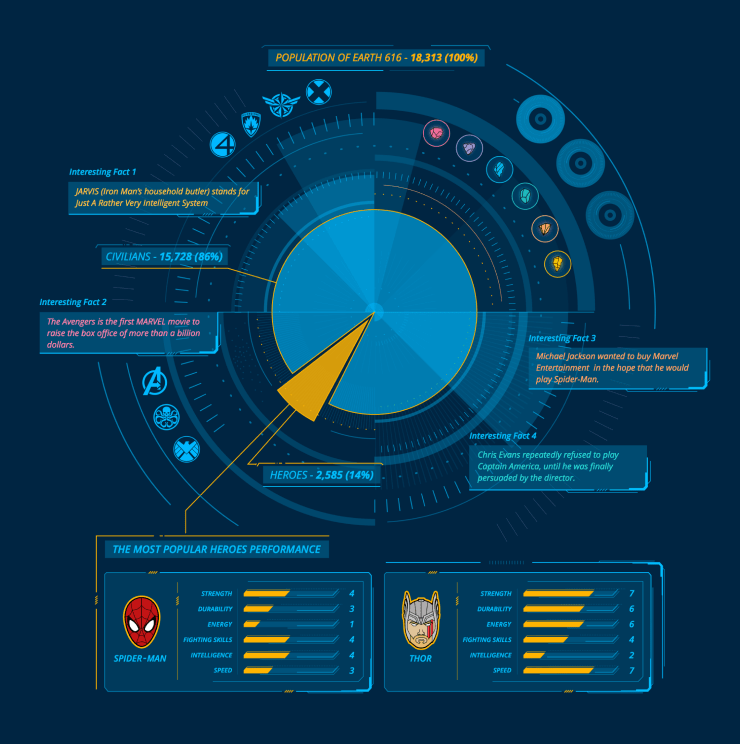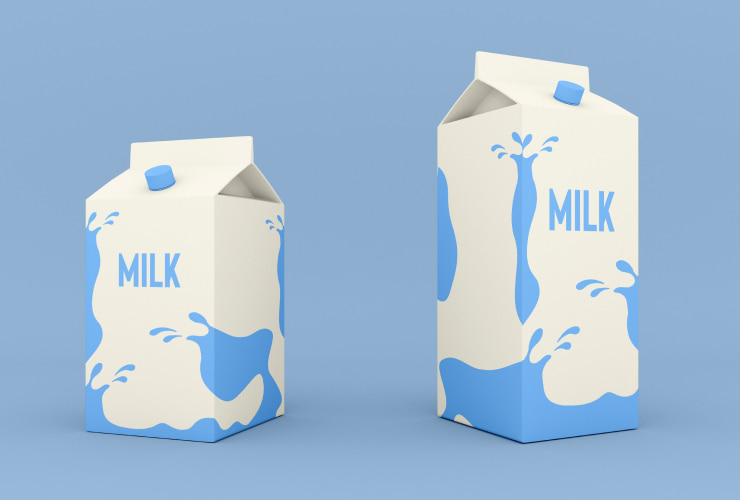Images and Illustrations
Hardly anyone will argue the fact that images and designs created with their help can substantially improve documents. Visual memory is important to memorize information, details and images help you in that.
How Can Images Be Used?
- To deliver additional information about yourself, your activities, clarify text (a picture is worth a thousand words).
- To divide elements: separate information, stress important points, etc.
- To draw attention, make a document (business card, envelope, etc.) remembered (stand out from the crowd).
Image Types
Raster images are the most common type, the most used formats: JPEG, TIFF, GIF, BMP, PNG. All raster images consist of dots that causes quality loss when increasing the size or printing out an image (as the dots become bigger). Remember: your image may look awesome on the screen but print out in poor quality.
Size (300 pixels wide and 400 pixels high—300 × 400) and Resolution (number of pixels per square inch) are among the most important characteristics of raster images.
Among raster images special attention should be paid to masked pictures. Regular photo is a rectangle consisting of pixels. Applying another picture—mask to it allows to fade or switch off some pixels of the main image. What is the benefit of this? If you have separate photos of a teapot and a table, combining them into a single picture is impossible. However, if the teapot image is masked—then there will be no problem—all pixels around the teapot are off with the help of mask.
Another important image type is vector images, usually in EPS, PDF or WMF format. Vector images consist of lines and fills, thus the quality of these pictures is not lost if their size is increased. Usually, vector images are drawn ones.
There is no definite answer to the question “Which pictures are better to use: vector or raster?”.
Vector images add to a technical, strict look of a document. Using vector pictures, you shouldn’t worry about the quality of the printed document. On the other side, raster images deliver you a wide choice of colors, half-tints and shapes. Often this can be the only alternative to show real objects (all you have are photos).

Are Illustrations and Images the Same Notions?
Although these terms are frequently used to define graphical products, their original essence is different. While an image draws attention to detail and is usually an authentic depiction of reality, illustration means the state of creating depictions and includes additional visual context and elements.
What Types of Illustrations Are There?
The kind of this visual art is determined by the technology that is used as its basic tool. The list of illustration types includes:
- Editorial illustration
- Packaging illustrations
- Concept art
- Advertisements
- Infographics
- Fashion illustration
- Scientific images
What Is the Concept of Editorial Illustration About?
Editorial illustration is closely interconnected with text and can’t perform as an individual and separate entity. Its purpose is to illustrate the text content in books, magazines or online information resources.

What Should You Know About Advertising Illustration?
The name “advertising illustration” is self-explanatory. Its goal is to entice viewers to perform particular actions (to follow the link, visit the brand’s offline store, know more about your business etc.). The key thing is to create a powerful graphical message. The use of text isn’t obligatory.

What Is Concept Art?
Concept art is designed primarily to depict a particular state and atmosphere. Such images are created to describe a concept of certain events, environments, characters, items and more. It can be considered a schematic representation of ideas.

How Can Illustrations Be Fashion?
Fashion illustrations are used either to visualize ideas of particular products in the industry or advertise them to a target audience. Such works are also excellent when fashion houses are required to modify their design in a new style and compare the results.

How Would You Describe Technical Illustrations?
Technical illustrations are a visual analog to cheat sheets, in which objects/constructions are depicted in detail. The key purpose is to simplify viewers’ understanding of the key points. Accuracy is the main principle of such works.

What Is the Phenomenon of Infographics About?
Unlike technical illustrations that are created to visualize a certain object or mechanism and its structural elements, infographics is a brief and precise representation of large amounts of divergent data in a simple format for understanding and analysis. This type can be compared with collaged images since it includes a few focus points in the format of text boxes, diagrams and graphics.

What Can You Tell Me About Packaging Illustration?
Packaging illustration principles are similar to advertising illustrations. They are meant to catch customers’ eyes and motivate them to purchase a particular product. At the same time, such pictures are informative since they provide basic details about the product.

Where Can I Find Images?
One way to find all of the images you need for a project is to purchase software with included clipart. However, these images can typically only be used in the program itself. One example would be the Extras pack that comes with Business Card Composer, Disc Cover, and all of the other Printfolio programs. The package comes with over 40,000+ clipart images. Usually, this is a cheap way of getting photos for your projects as opposed to the high costs of stock images.
The second way is to buy clipart from an online clipart collection, which store millions of images available either on a subscription or per-image basis. The prices may vary depending on the image quality, license or chosen price plan:
One of the best collections of raster and vector images: depositphotos.com
Paid access to a huge number of images: clipart.com
Thirdly, you can make the image yourself. Nowadays digital cameras allow you to take a necessary picture and use it later (or take one from a friend). A good advice: keep your photos in Apple iPhoto. Apart from convenient preview and search, you get editing possibilities. And other programs (like Swift Publisher) that integrate with iPhoto allow to use your digital photos when creating new designs.
If you want to insert a vector image or a scheme, try drawing it with the help of an excellent EazyDraw software.
Finally, you can search endless Internet for the image you need. By typing a keyword in image section of Google you can find relevant pictures (http://images.google.com). Similar functionality is available directly from Swift Publisher. This is virtually the only way to find an image of a unique thing or place. You should be aware that some pictures can be used only after obtaining the author’s permission.
Below you can find links to web sites with free photos (copyright permissions are available on these sites):
You’ll find a library of stock photography for use: freeimages.co.uk
Photo sharing and photo hosting web site: pbase.com
Online photo sharing web site: flickr.com
To conclude, graphic should be used carefully, too much of it can also spoil your documents.